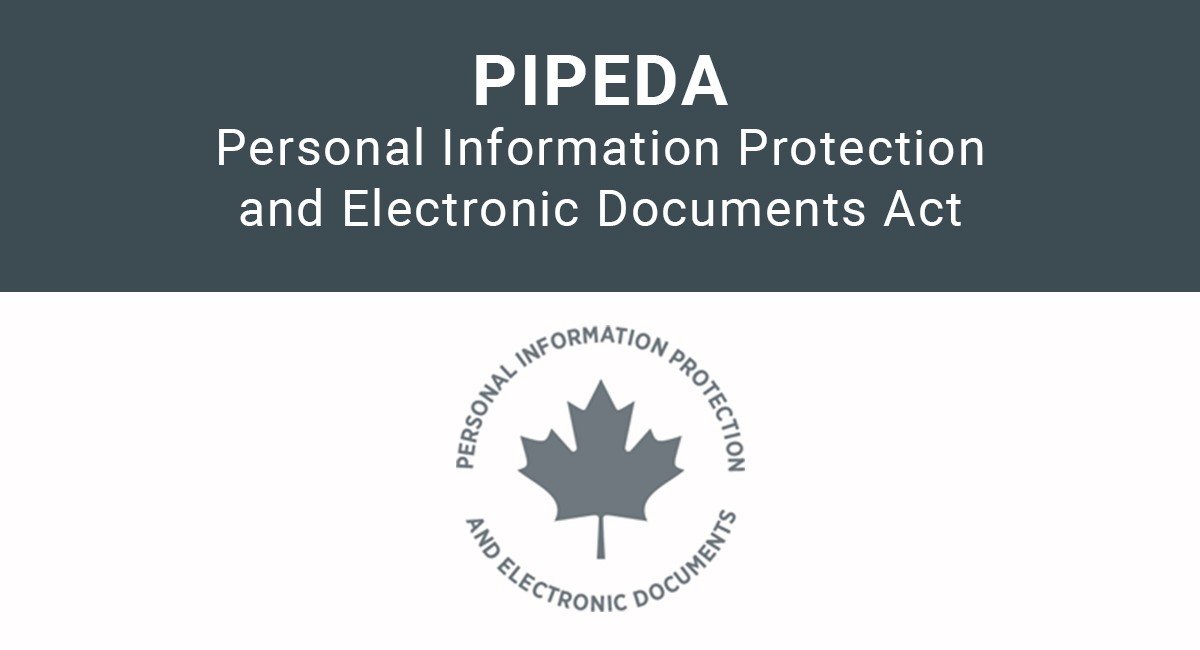Medical Marijuana For Migraines
How Using Medical Cannabis Can Relieve Migraine Headaches
Migraines can often begin occurring in your teens and almost 90% of us have experienced one before reaching 30-40 (the most common age for them to start). Understanding the difference between migraines and headaches is an important first step to helping yourself, a family member, or friend, find relief. There are also different kinds of headaches that could potentially lead to a more painful migraine headache over time and sometimes those over-the-counter medications simply don’t work.
The Difference Between a Headache & Migraine
Headaches range in severity and length and can affect specific areas like your forehead, temple, behind your eyes, or back of the neck. Some people may have a headache for an hour or less, or even experience one for days. A cluster headache can be painful and come and go in “clusters” on one side of the head. A sinus headache obviously occurs with a sinus infection with other symptoms like a high fever, congestion, etc. But the most common type of headache is a tension headache which can occur a couple of times a month for various reasons such as:
- A change in temperature
- Strained eyes
- Fatigue
- Caffeine
- Smoking
- Stress
- Anxiety
- Etc.
Symptoms can include a dull pain in your head or around the forehead or scalp.
A migraine is a lot more severe with worse symptoms like nausea/vomiting, sensitivity to light and sound and even temporary vision loss. They can last anywhere from a few hours to a few days. Factors leading to migraines can be one of all of the following:
- Stress/anxiety
- Alcohol
- Menopause/hormonal changes
- Injury
- Insufficient sleep
- Poor posture
- Low blood sugar
- Bright lights
- Loud noises
- Jet lag
- Poor diet
- Change in temperature
- And more
Sometimes it’s hard to think about doing anything when you have a migraine other than curling up under a blanket and turning all the lights off, but it’s important to drink a lot of water and try to get a good night’s sleep. Avoiding foods with gluten has also been known to reduce symptoms. More importantly, using cannabis may relieve your migraine symptoms much more efficiently than over the counter medications or prescribed medication from your doctor.

How Medical Marijuana Can Help Migraine Symptoms
There is a lot of evidence that suggests that medical marijuana is an effective treatment for headaches and severe migraines. The University of Colorado Anschutz Medical Campus conducted an experiment on students with migraines by treating them with medical marijuana for a period of four years and found their symptoms had significantly reduced without experiencing negative side effects that are often caused by other medications. It’s believed that medical marijuana was a huge component in relieving their migraine pain and other symptoms whether they took it as an edible or inhaled the CBD oil. CBD, which stands for cannabidiol, is the medical cannabis oil derived from the hemp plant. Unlike THC, CBD does not give users that “high”. It is strictly therapeutic and can be just as effective depending on your preferred delivery method.
Canada Wide Consultations
Migraine Relief With Medical Marijuana
When someone gets a migraine, their serotonin levels decrease (serotonin is an important neurotransmitter that affects our mind and body) and their blood vessels around their brain expand, hence the pain or throbbing in the temples or behind the eyes. But when you use cannabis and it begins entering your body, it can positively impact low serotonin levels and regulate them by binding with the receptors in our body that affect how we feel and how our body functions. This means it can reduce pain, stress, nausea, and help you sleep. While every patient will experience the positive side effects of marijuana for migraine pain, generally you can start experiencing the effects 30-60 minutes after taking an edible/oil, but it will also depend on the strain and dosage prescribed to you which we’ll help you with.
You don’t have to worry about figuring your dosage out for yourself. Our medical practitioners are always here to help you find what works best for you for an improved quality of life. Let us help you get your migraine pain under control so you can get back to enjoying your everyday activities.
Does It Matter How I Take It?
No matter if you take the medical marijuana orally through a supplement or oil, use it while cooking, or as a gummy, it may relieve your symptoms associated with migraines. From pain and nausea to blurred vision and insomnia, medical cannabis use is becoming more mainstream for people struggling with many different physical and mental health issues, especially since becoming legal in October of 2018. While more scientific studies need to take place to connect the link between medical marijuana and migraines, one thing is for certain: if over the counter or prescribed medications aren’t working for you and you’re tired of experiencing negative side effects, it’s time you tried something else.
Why Use Our Services
Marijuana may be legal for medical use in Canada now, but one of the things we help patients with all over the country is obtaining a high-quality, affordable medical marijuana product from our trusted partners. Better yet, we connect you with a health care practitioner even in the comfort of your own home who can walk you through your symptoms, whether you have a migraine, struggle with stress and anxiety, depression, PTSD, and many more. We look forward to connecting with you and getting to know your particular wants and needs so you can live more comfortably.




